Ancient India: Living Traditions at the British Museum
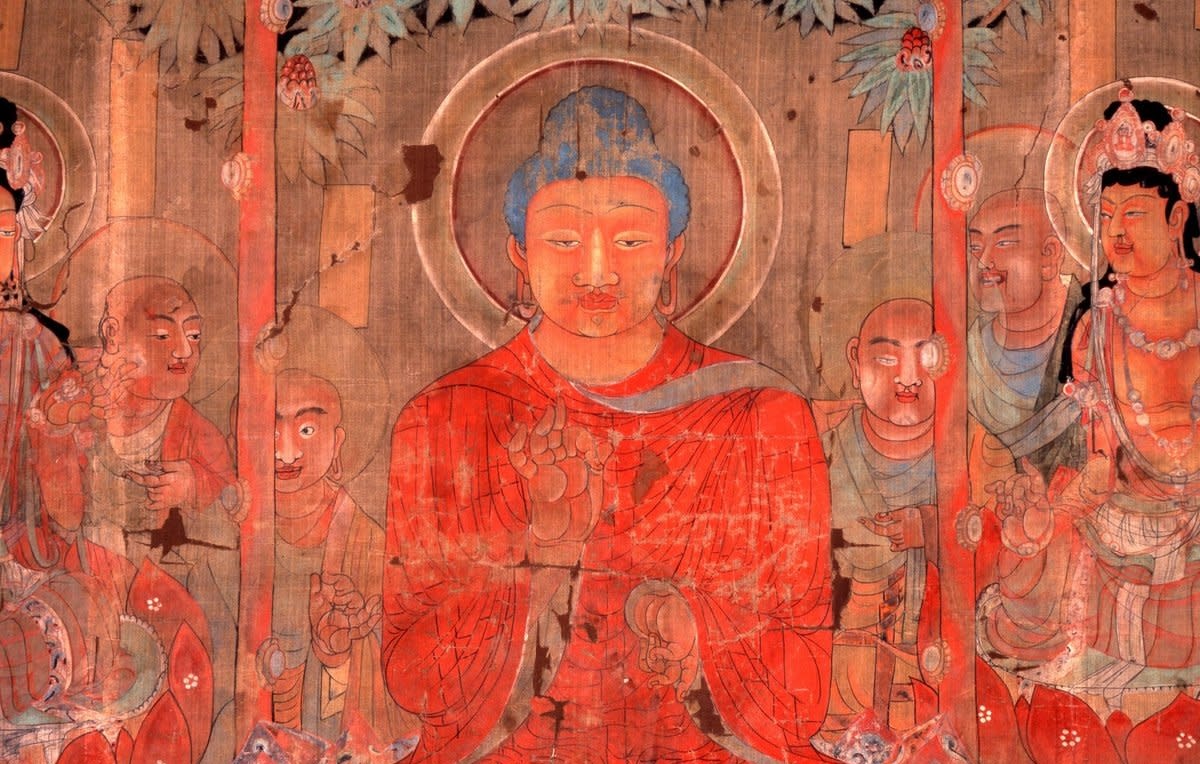
Having surpassed China as the most populous nation on Earth, modern India – the world’s largest democracy – continues to grow as a technological powerhouse. Now, the British Museum is offering insight into developments of a far more spiritual nature to have emerged from this vast nation. Ancient India: Living Traditions considers the devotional art of the Indian subcontinent’s three main religions: Jainism, Buddhism and Hinduism. Attesting to how each arose in India, the exhibition focuses in particular on the ways in which these religious traditions evolved from around 200 BCE to 600 CE. One also learns how these belief systems took hold beyond India’s borders, with further attention given to modern rituals of worship.
The British Museum has divided the show into four sections, each separated by glimmering silk veils that heighten the sense of mysterism, accompanied by atmospheric recordings of wind chimes, birdsong and running water. More than 180 objects are on display, with curators collaborating with a panel of practising Buddhists, Hindus and Jains to ensure authenticity. For the first time, over two millennia of sacred imagery from each of these three religions has been brought together.
Around 2,500 years ago, at the beginning of this fascinating exhibition, one encounters nature spirits as the earliest subjects of devotion – precursors to the development of Jainism, Hinduism and, a little later, Buddhism. Small terracotta sculptures of male and female nature spirits, known respectively as yakshas and yakshis, are notable for their expressiveness. Yakshis are depicted as voluptuous female warriors, often shown cradling infants. These figures emerged during a time when the subcontinent was still dominated by forests and rivers, with rural communities paying homage to powerful nature spirits believed to govern harvests. These spirits demonstrably seep into the iconography of the deities of the three major religions that later arose in ancient India, with snake spirits in particular taking prominence. Ganesha, the beloved Hindu elephant god symbolising wisdom, is shown with a cobra coiled around his body, while the Buddha is frequently depicted accompanied by writhing serpents.
There is so much here to feast the eye and enrich the spiritual mind. Among the highlights are carvings from the Buddhist stupa at Amaravati, including a magnificent double-sided relief depicting the dome-shaped shrine itself. Elsewhere, visitors encounter a fabulously detailed, minute bronze sculpture of the Jain teacher Parshvanatha, protected by snakes.
Disastrous cases of colonial archaeological mismanagement come to the fore here, with exhibition captions openly condemning the destruction and interference that compromised vital evidence. In the 1890s, Dr Alois A. Führer removed decorative bricks and narrative panels from the Jain site at Ahichhatra – a dual temple complex built between 320–550 CE in Uttar Pradesh. Another sacred site, the Buddhist Amaravati stupa in Andhra Pradesh, dating from around 50–100 CE, was effectively deconstructed by the East India Company for use in other building projects. With the provenance of the British Museum’s collection increasingly called into question in recent years, curator Dr Sushma Jansari has pointedly ensured that labels include detailed explanations, offering complete transparency about how these objects arrived in the collection.
Jansari argues that the religions and their devotional imagery under examination were – and remain – profoundly interconnected. For her, the current exhibition stands as a much-needed antidote to accusations that the institution’s previous cultural representations have been too narrowly focused. She believes that this exhibition should reflect the real lives of diaspora communities and bring different traditions together. Evidence is provided that some of these images have remained unchanged for centuries, with films featuring contemporary followers of Jainism, Buddhism and Hinduism observing rituals – testifying to them being ‘living’ traditions. The curator’s own grandmother and daughter appear in the concluding film, speaking about Diwali. In the later stages of this absorbing show, attention turns to how these faiths proliferated across Cambodia, China and Japan – their visual forms reconfigured without their core beliefs being undermined. One stunning highlight is a vivid watercolour painting of the Buddha from China, dating from AD 701–750.
This captivating display marks the first time early Indian sacred art has been explored through a global perspective. Drawing from the Museum’s South Asian collection, alongside national and international loans, it brings together over two thousand years of Hindu, Buddhist and Jain religious imagery. The exhibition reveals how these ancient religions have shaped both spiritual and artistic traditions, with sacred art veneration enduring in devotional practices to this day.
James White
Image: Courtesy of British Museum
Ancient India: Living Traditions is at from 22nd May until 19th October 2025. For further information or to book visit the exhibition’s website here.

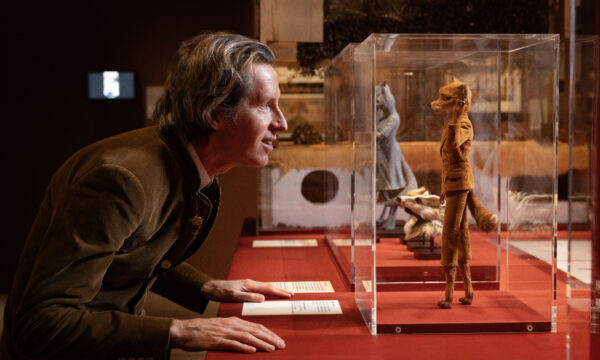
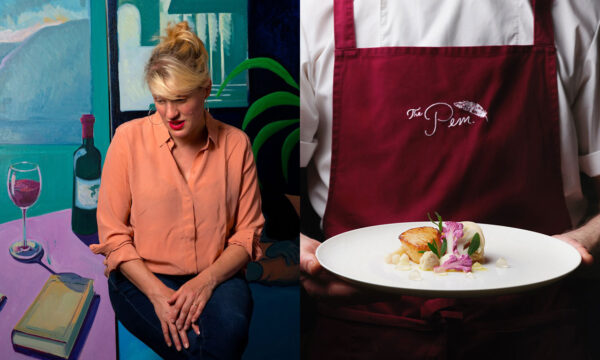
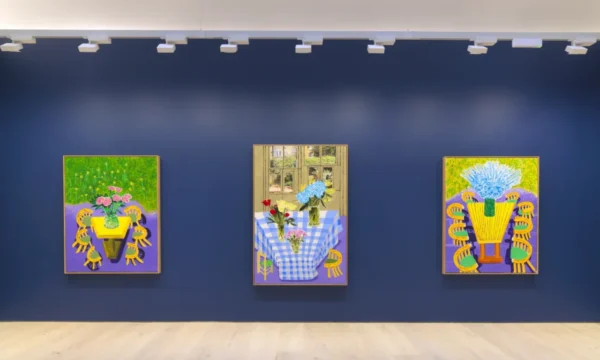
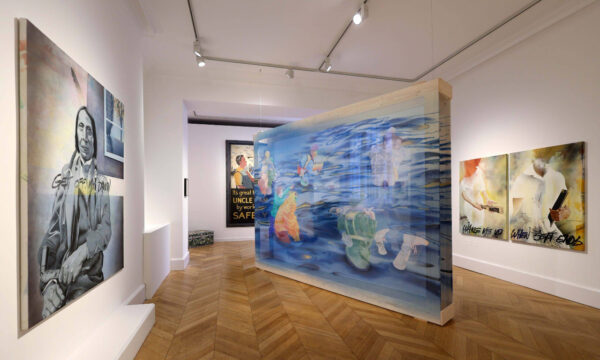
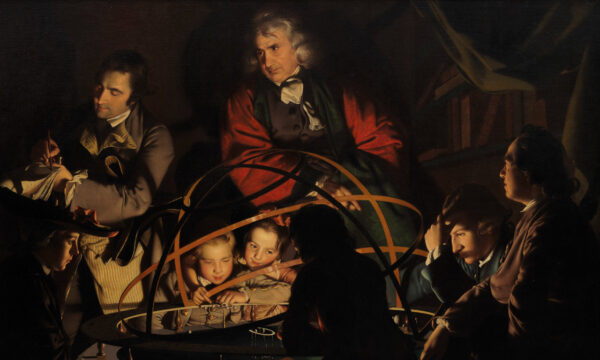
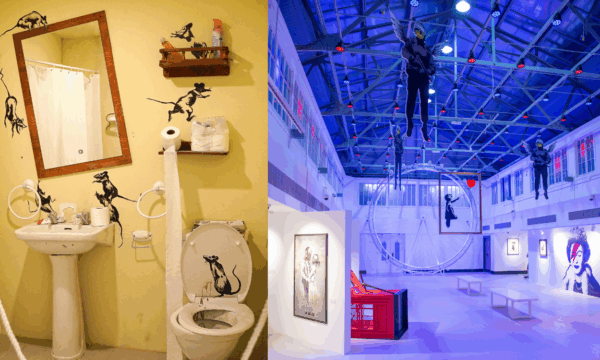

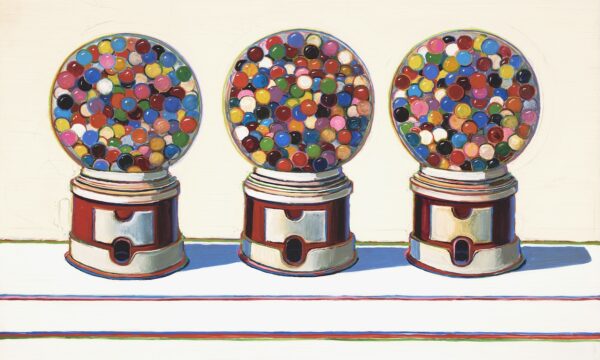
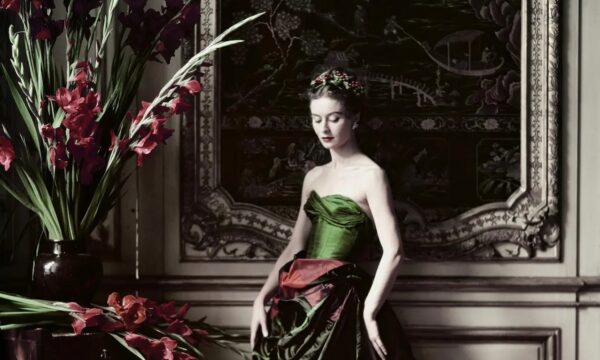


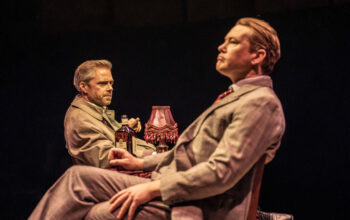





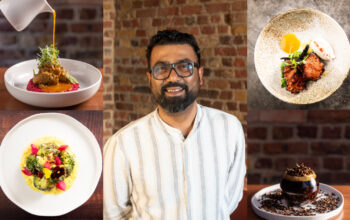
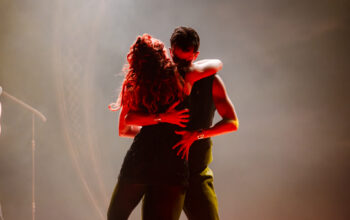





Facebook
Twitter
Instagram
YouTube
RSS